a closer look at terunobu fujimori’s ‘neolithic’ architecture
This photo series by Marco Capitanio captures the evolution of Terunobu Fujimori’s distinctive architecture across decades in rural Japan, seeing how they have weathered time surrounded by the seasonal blooms of their Nagano and Yamanashi landscapes. From his first to most recent works, the images reveal how Fujimori’s playful ‘neolithic’ structures — featuring charred timber and copper roofs — merge ancient Jomon traditions with unique design sensibilities.
Presented as a chronological survey, the series begins with looking at his first project created in 1991, the Jinchokan Moriya Historical Museum, which features a timber exterior finish made of sawara cypress wood boards, with the adobe-like walls made of earth-toned mortar mixed with straw. Pillars pierce through the natural slate roof, adorned with metal birds emerging from them. Another image spotlights the peculiar presence of the Flying Mud Boat traveling tea house that, only accessible by a ladder, appears as an acorn-like mass blown up to human scale and suspended on tension cables between wooden posts.
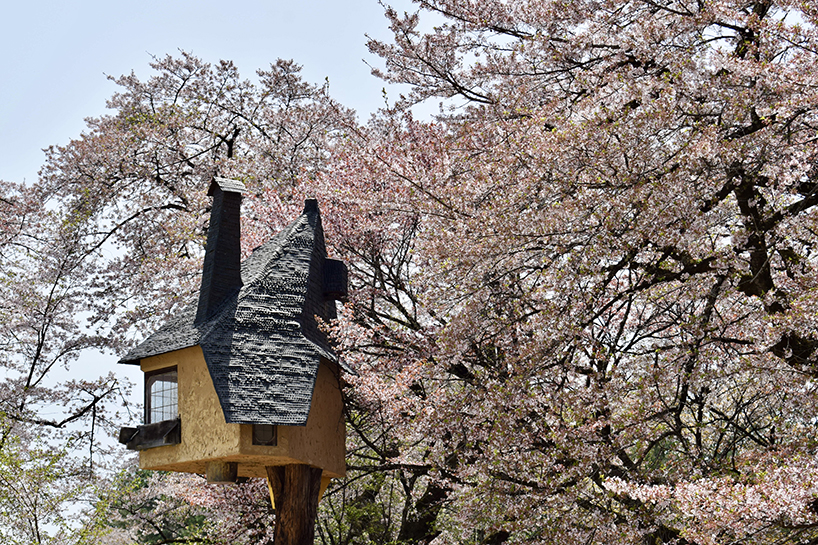
all images by Marco Capitanio
marco capitanio spotlights the effect of time on the structures
‘Imagine meeting friends you hadn’t seen in person for 20 years. Has time treated them well? How have they changed? If they had children, do they resemble their parents?’ Marco Capitanio wistfully questioned, leading to the starting point of the photo series. ‘When it comes to buildings, the experience is not much different: time leaves traces, sometimes with a heavy hand; architects may evolve their style progressively or produce radically different outputs over the decades.’
Alongside completing a study into the theoretical foundations of the architect’s work, the Japan-based designer sought to capture these parallels and document how Fujimori’s structures have weathered time, showcase his newer works, and highlight the regional rootedness of his design and material choices. The collection is arranged chronologically, featuring seven structures located in Yamanashi and Nagano Prefectures, most of which sit in the fields of the Fujimori family, including his very first building, the Jinchokan Moriya Historical Museum built in 1991, captured amid spring flowers and fresh foliage.
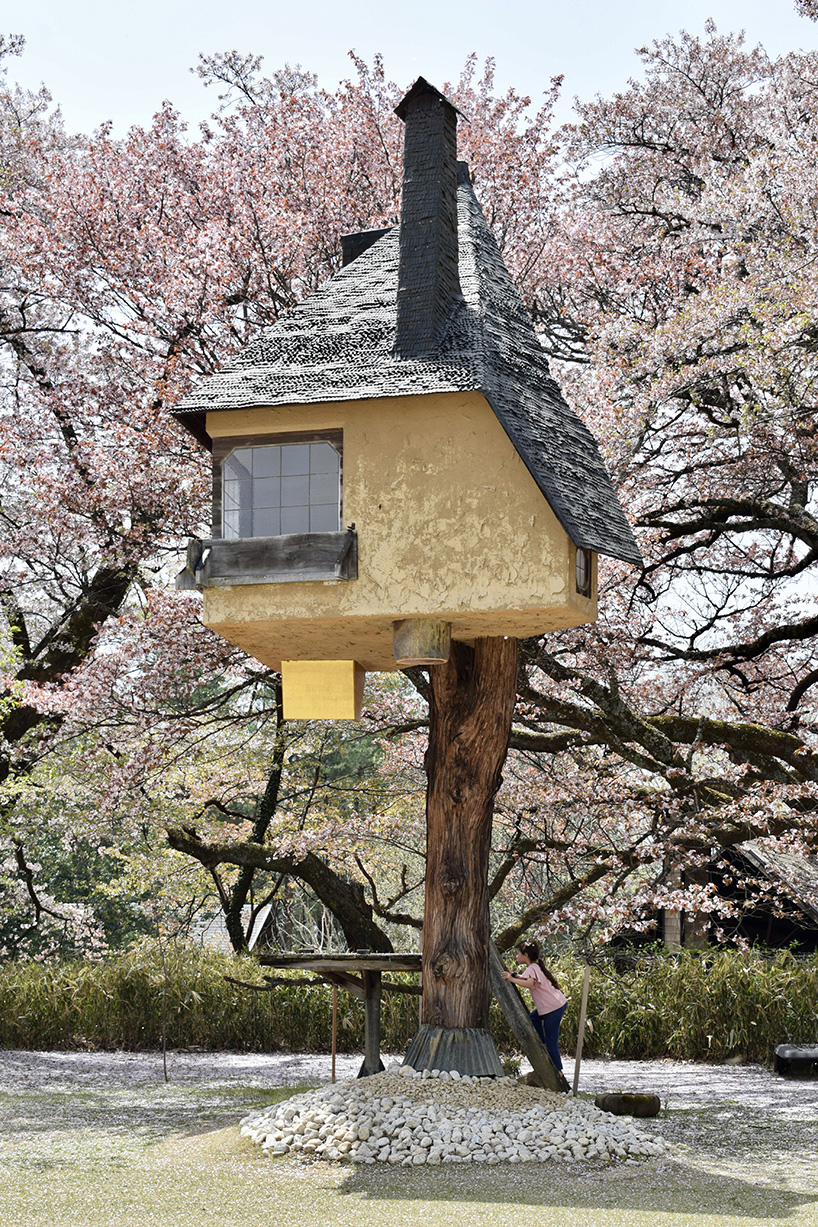
Tea House Tetsu (the piercing tea house), 2006, Yamanashi
Born in Nagano in 1946, Fujimori purposefully references the rich prehistoric (jomon) heritage of his region, employing traditional building practices such as charred cedar (yakisugi) or adobe-like walls in a playful, inventive manner. Though primarily an architectural historian and university professor, Fujimori has pursued a parallel career in practice, designing distinctive structures with the self-appointed mission of keeping the jomon tradition alive. His practice, relying on the help of acquaintances and students during workshops reflects this commitment, with Fujimori himself embracing the role of a ‘neolithic daddy’ to contemporary Japanese architecture. Nearly two decades after rising to international acclaim by curating the Japan Pavilion at the 2006 Venice Biennale, and 35 years after designing his first building, Fujimori continues to create innovative structures, occasionally collaborating with international designers
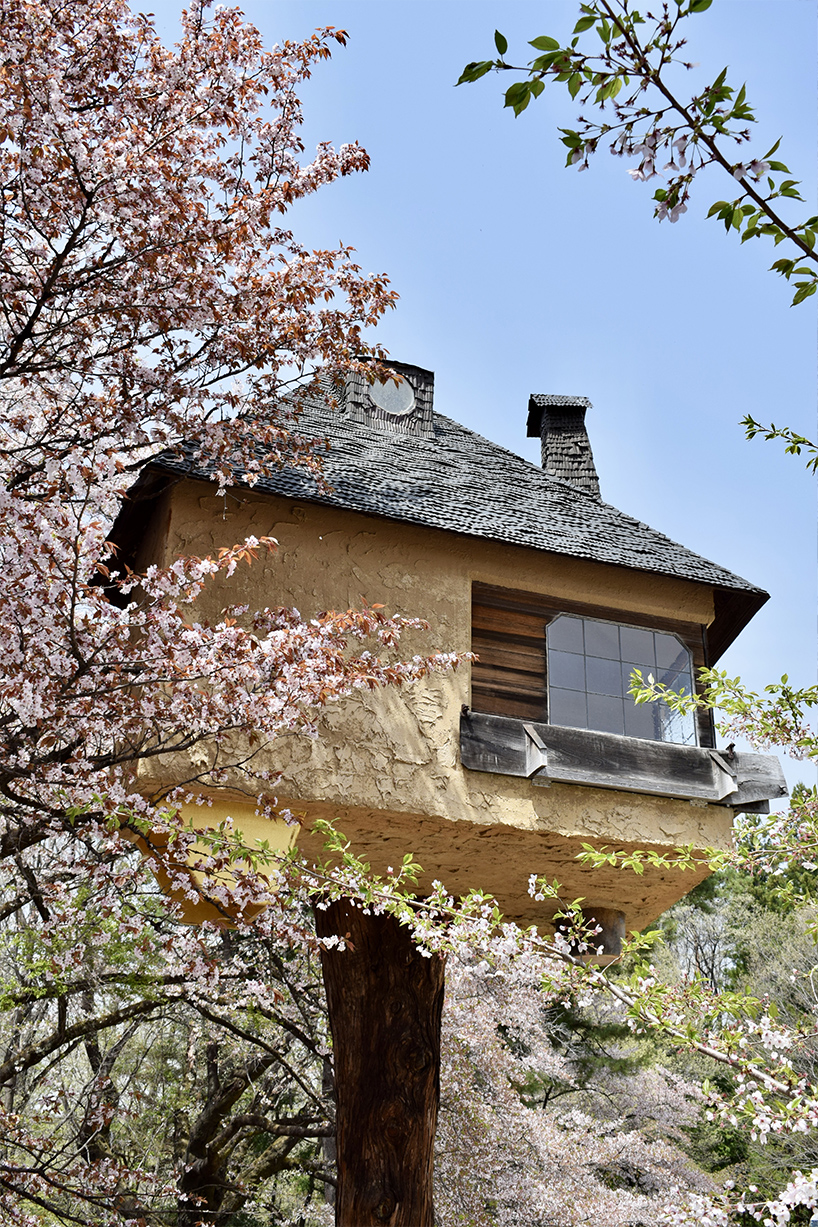
the overall design stance, mille-fuille copper roof, and rough plastering become familiar themes
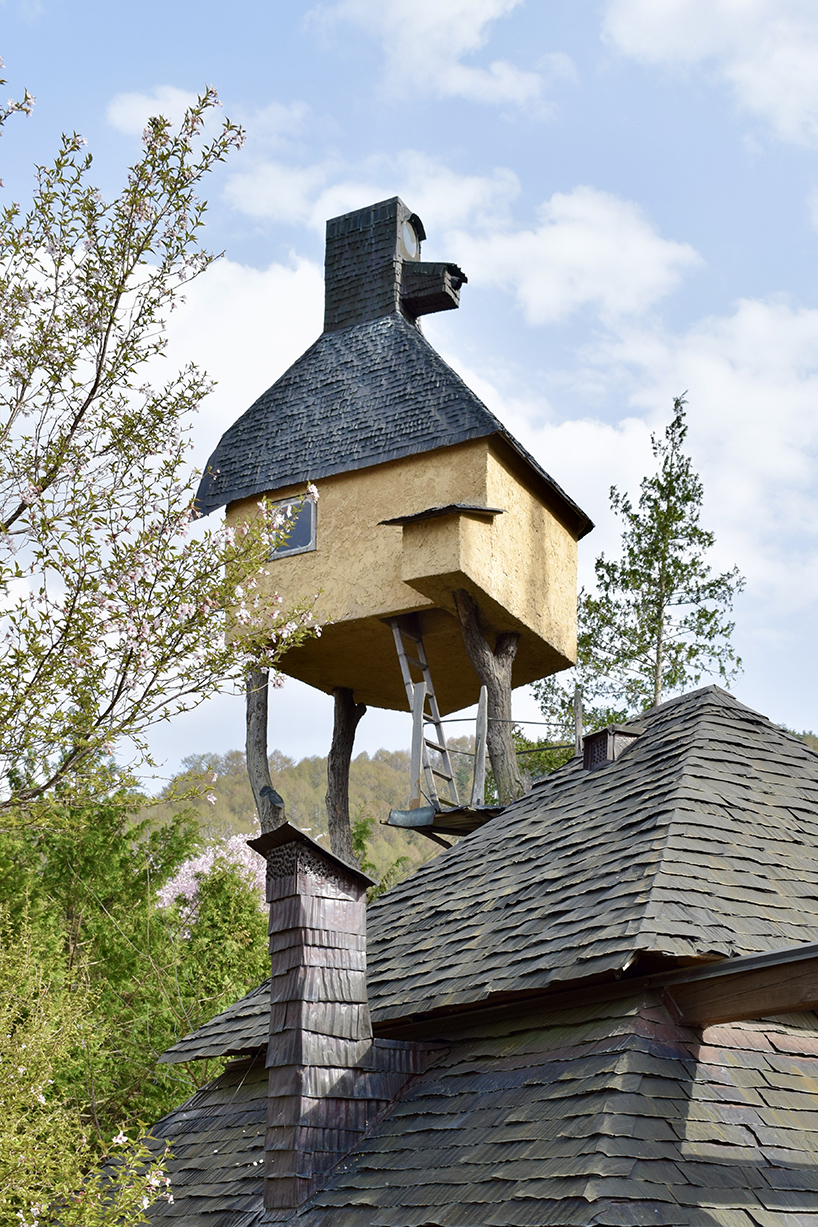
Takasugi-an (the too-tall retreat), 2004, Nagano, and Hikusugi-an (the too-short retreat), 2017
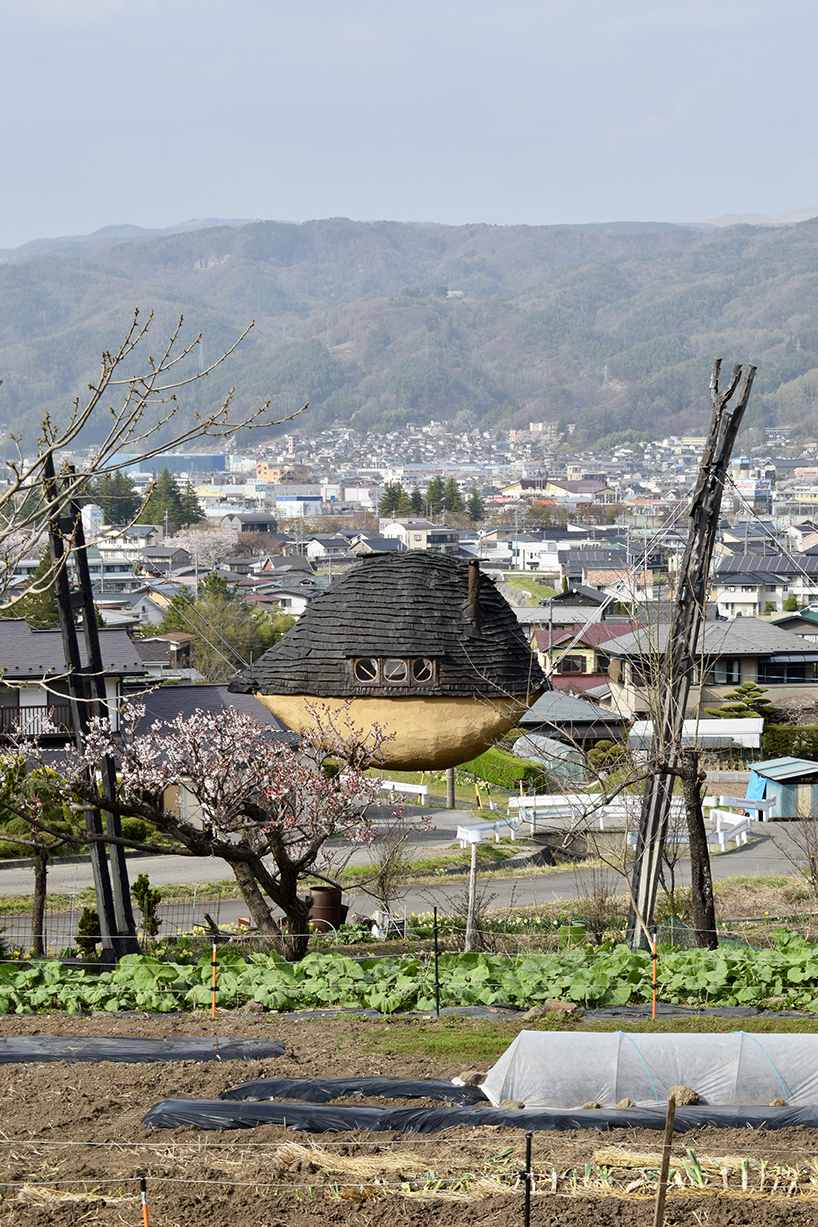
Flying Mud Boat, 2010, Nagano
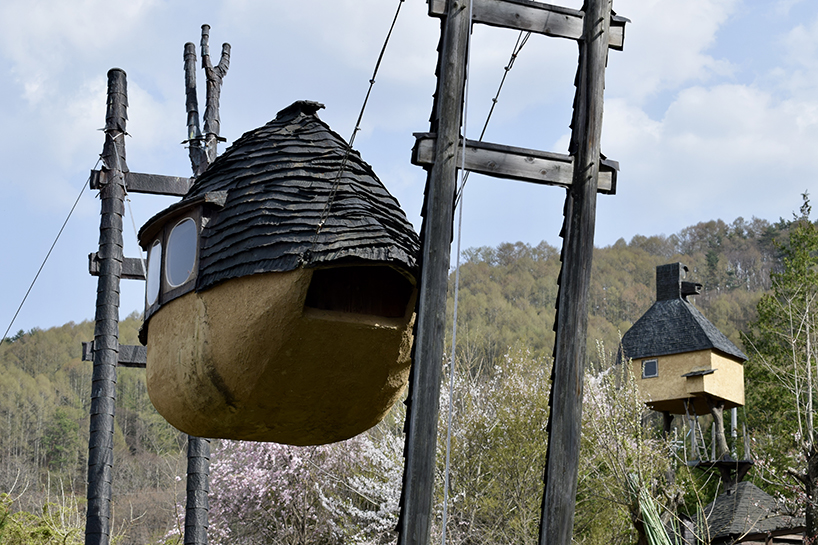
the tea house is suspended in the air
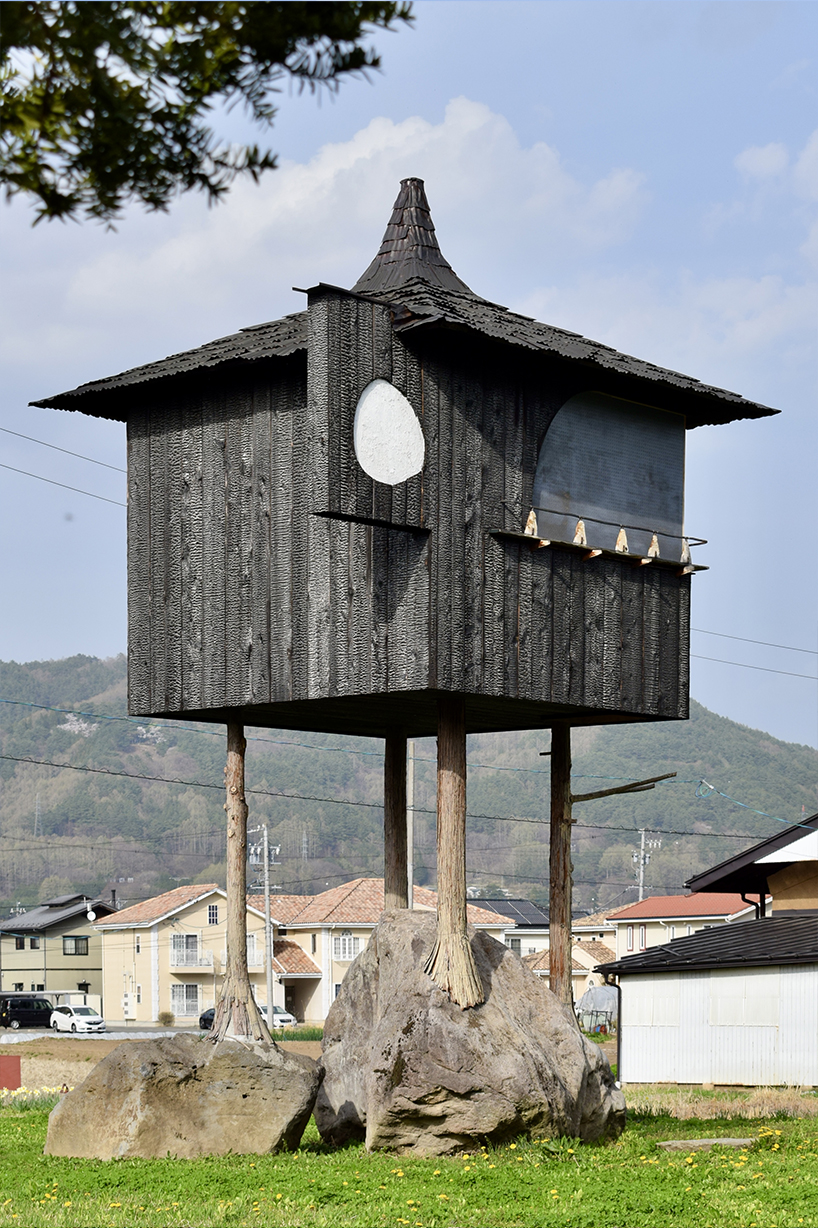
Go-an (fifth retreat), 2021, Nagano, took shape first as ‘Pavilion Tokyo’ in 2021 in conjunction with the Olympic Games
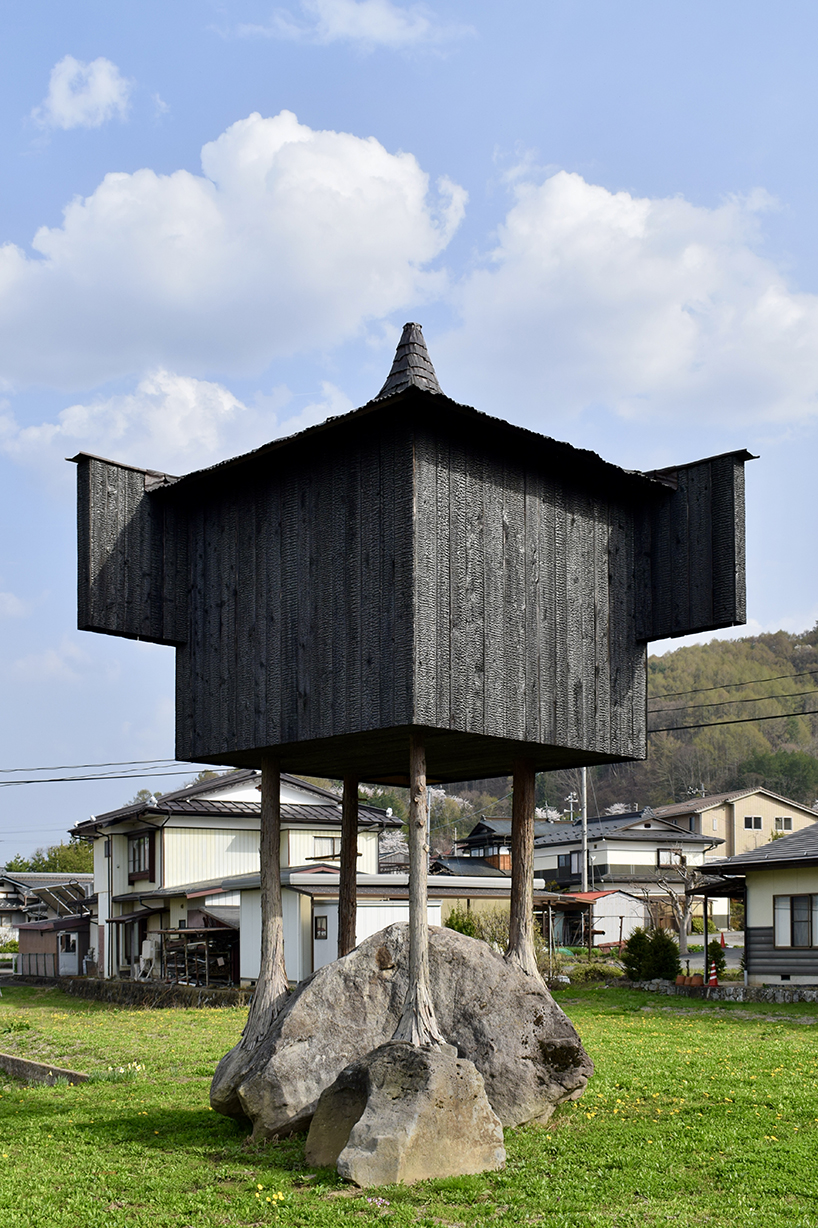
the ear-like extensions are needed to fully slide the corner glazing
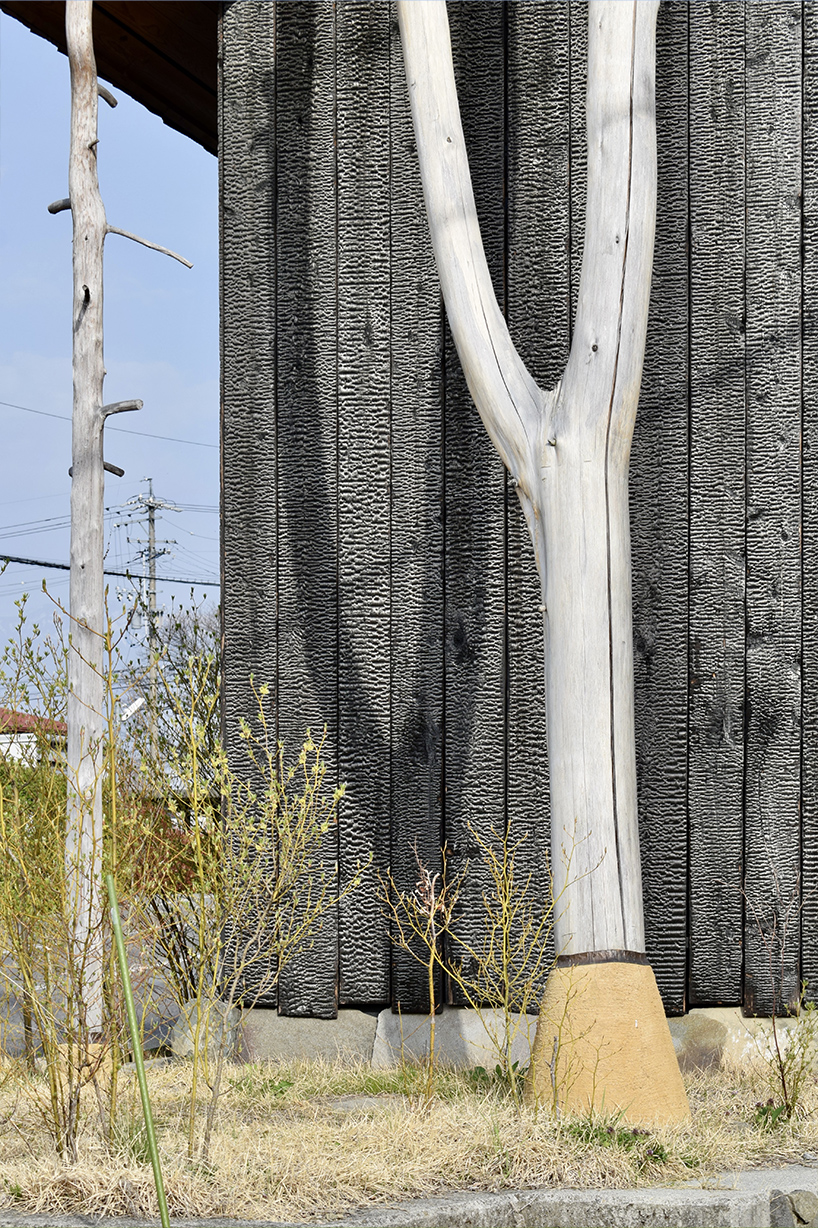
Takabe Public Hall, 2021, Nagano
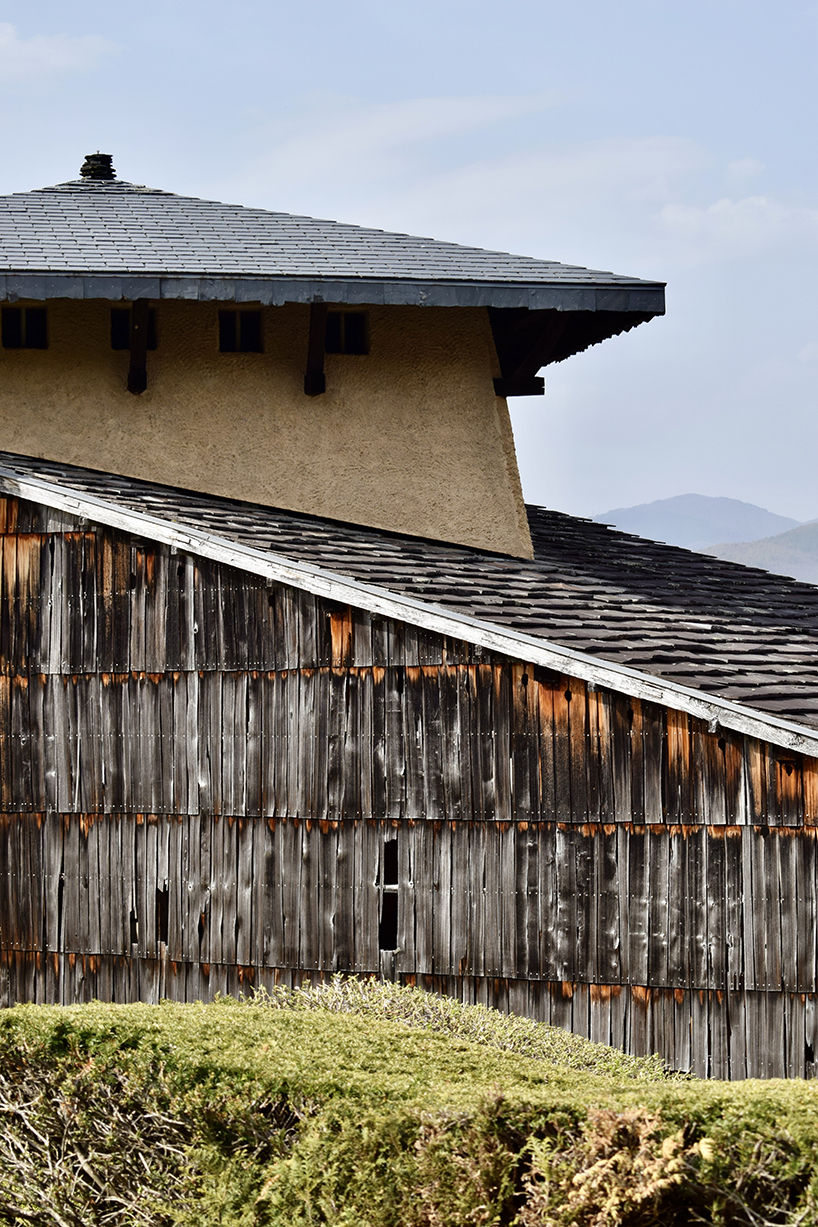
Jinchokan, 1991, Nagano
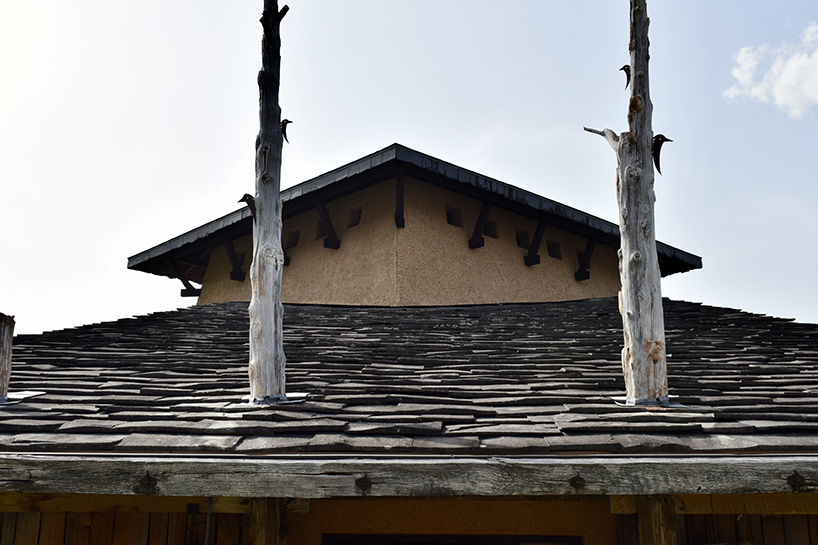
pillars pierce through the natural slate roof
project info:
architect: Terunobu Fujimori
photographer: Marco Capitanio
location: Japan
designboom has received this project from our DIY submissions feature, where we welcome our readers to submit their own work for publication. see more project submissions from our readers here.
edited by: ravail khan | designboom

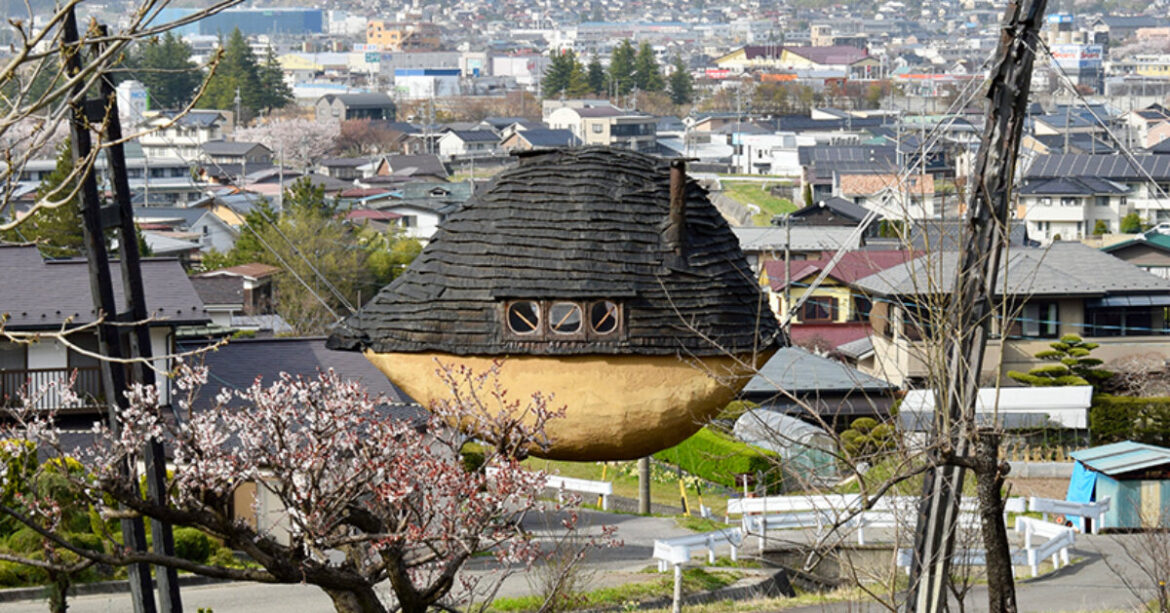
AloJapan.com